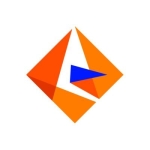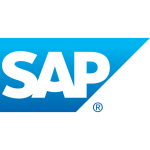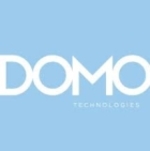What is our primary use case?
I have a lot of experience using Tableau for the Healthcare Market. I use Tableau for visualization and reporting mostly. Main observations:
- Tableau is nice and smooth.
- Tableau is quite user-friendly and easy to use.
- The digital agents were really great.
- Clients and customers liked the visualizations.
Overall, I got positive feedback from clients by using Tableau.
How has it helped my organization?
I work for clients. That is my business model. Business people really like to see Tableau. They love Tableau because it is very user-friendly. The platform provides an easy to use interface, which is what most people like about it.
Being easy to use is more important to me than the look and feel Tableau gives to your data. Nevertheless, data analytics is what we value the most.
Tableau definitely has a big user community. If you get stuck or anything, you can easily seek help through that. Whenever you do this, you get good results.
What is most valuable?
The diagram drop facilities help to double up hard drive reports. The map facilities and the ability to connect with different data sources are the most valuable features.
Tableau has a lot of different connectors, many of which are very new. You can connect many different data sources with Tableau.
Overall, it was a good experience with Tableau and the visualization looks quite attractive with the proper combination of colors.
What needs improvement?
I have a lot of experience on the desktop version of Tableau. My recommendations for improvement for Tableau would be:
- From the developer perspective, the data connection handling the target data set is what most needs to be improved.
- Tableau keeps evolving with each version. With Tableau 192019.2, they're coming again with some more features.
- Data preparation is where Tableau needs to work a lot on. Every time with Tableau you have to invest a lot of time preparing the data before you start using the visualizations.
- Tableau doesn't perform well on big data processes. Suppose I was working with a file of like 1 or 2 gigabytes, then in that case Tableau is really slow.
Sometimes I feel that Tableau is too slow when you have a big data file.
For how long have I used the solution?
One to three years.
What do I think about the stability of the solution?
It's quite stable, aside from the data file which is not. Otherwise, Tableau doesn't hang.
What do I think about the scalability of the solution?
Good scalability. Not that bad, not that great, it's good.
How are customer service and technical support?
I didn't need technical support with Tableau.
Which solution did I use previously and why did I switch?
We don't have any preference for other solutions. We depend on Tableau for the solutions based on the client's requirement. If a client requires Tableau, we develop the application and customize it.
How was the initial setup?
A lot of complexity happens initially. Tableau is a little bit too complex. I started using the clear tool and application. Then you will feel comfortable with the tool and with the data.
There will definitely be some tough, complex things in your development, especially with the data. The data preparation (combining everything else) has to work.
Initially, all the data preparation tools have that kind of experience. In the beginning, you have some tough times and little complexity. Once you resolve this, the future and further development will come relatively easy.
What other advice do I have?
First, clients should be comfortable with the existing resources or existing platform which the organization is using - that is one of the very important aspects before you decide on any new tool or any kind of new technology.
Second, you want to go ahead and invite a new application into your current system. Ask how compatible the application is before you decide on any new product in your organization.
Third, you should consider if your employees are comfortable with the new incoming technology in terms of whether it’s easy to learn or adapt. Ask how comfortable your employees are before you bring any new tool into your organization
These are the key important points. I will rate Tableau at eight out of ten because there will be some shortcomings in the application that are not up to the mark.
Disclosure: My company does not have a business relationship with this vendor other than being a customer.

















